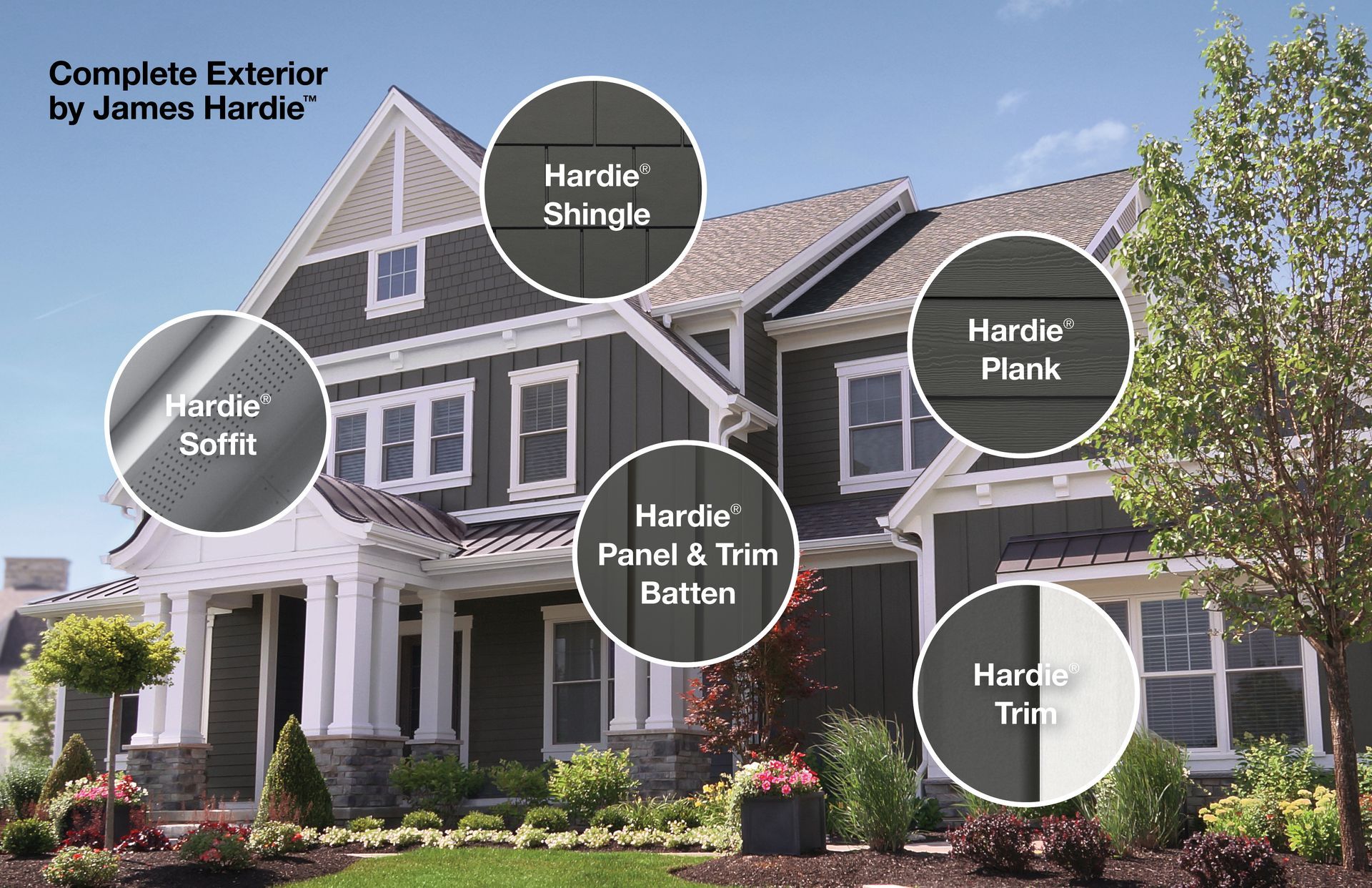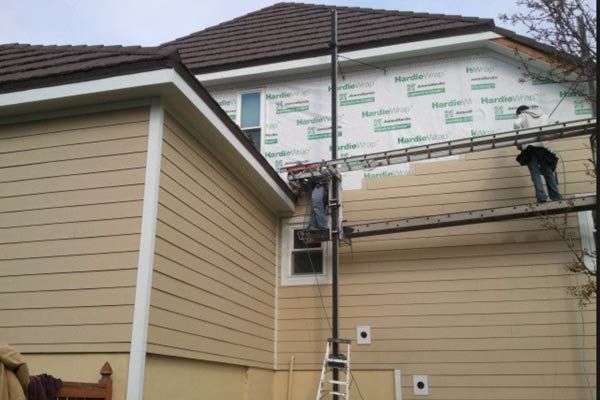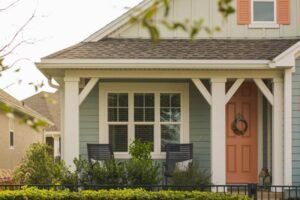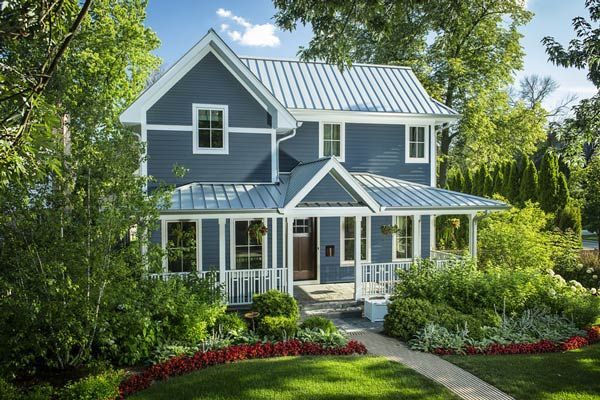Upgrade Your Home's Siding
Siding Installation, Replacement & Repair in Tacoma, WA
Top Siding Installers Near Tacoma, WA
You Can Always Count on a Great Experience and a Beautiful Finished Product
Beautiful & Efficient Siding Designed for Lifetime Value
From James Hardie to the finest vinyl siding on the market, we offer the best siding option to suit any home.
New Home Siding Installations
When it comes to your home, you want it to look it’s best, but you also want it to be well protected from the elements. With
Tristate Roofing, you get the best of both worlds when it comes to new siding for your home. As with all our services, Tristate Roofing only works with the very best siding companies in the nation. And with our highly trained employee installers, you can always count on a great experience and a beautiful finished product.

James Hardie Siding: The Finest Siding in the World!
James Hardie brand products grace the sides of over 10 million homes across North America. James Hardie's complete porfolio of siding and trim products are available primed and ready for field painting. But when you invest in ColorPlus® Technology, you won’t only get gorgeous color—you’ll get color that lasts longer than a typical paint job. And when it’s installed by our Tristate team, you will love the way it looks and the way it protects your home.
Siding FAQs
Protect Your Home





